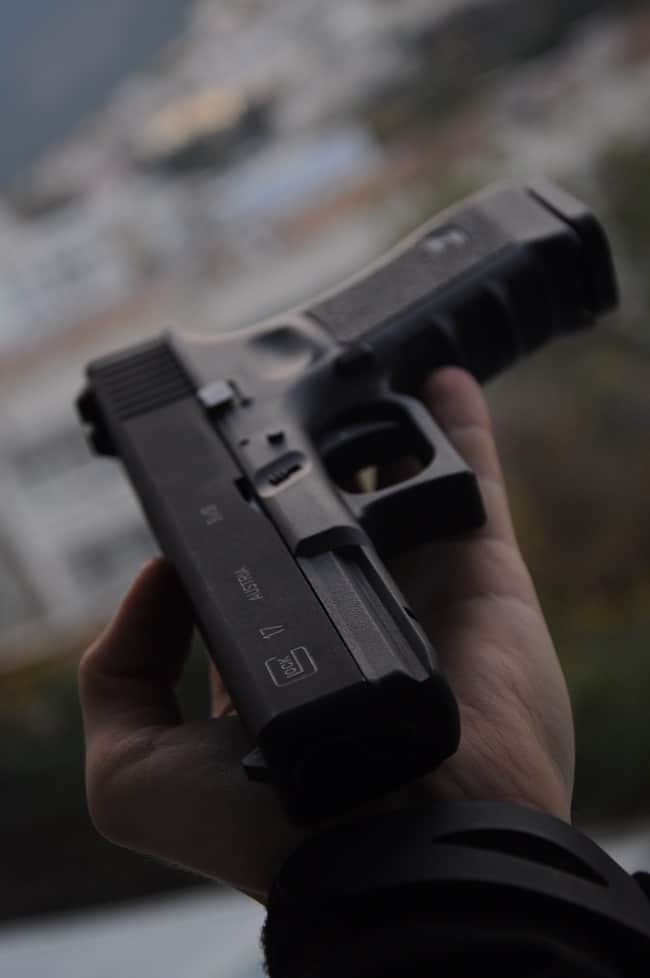
Gun ownership is a serious matter and responsible gun owners should proactively plan for their transfer upon death. Laws and procedures for transferring ownership and possession differ greatly depending on the type of firearms involved and the state. In California, you may be required to register the transfer of ownership or even dispose of it depending on the firearm.
Here is a California checklist to help your trustees and personal representatives to transfer your firearms.
1. Secure and Clear – If you do not know what this means then you need to find a responsible gun owner to help you. Firearms must be stored unloaded and in a manner approved by the California Department of Justice. Understanding and learning how to clear a gun is not something that can be learned on YouTube. It is a very important process that needs to be done by someone who has handled and worked with firearms before. If you are not familiar with common firearm actions, you should be accompanied by someone who is to help you throughout the process.
2. Document & Inventory– You should photograph each firearm and write down the serial number and names, which will be located on the firearm.
3. Determine if you have a severely restricted firearms
“Severely restricted” describes that category of weapons which is heavily regulated, such as assault weapons, including the Florida shooter’s AR-15, an AK-47 or an Uzi. California is intent on eliminating severely restricted weapons by making their transfer nearly impossible.
These weapons must be:
- Removed from California
- Sold to a federally licensed firearms dealer
- Destroyed
- Turned over to law enforcement
3. Distribute – Depending on the decedent’s instructions, the next thing you are going to do is distribute the firearms to beneficiaries or get rid of them.
The safest and simplest way to transfer a firearm from one person to another, even in distribution of an estate, is through a Federal Firearms Licensee (FFL) who also has the necessary California licenses to deal in firearms. Not only do such dealers know firearms, but they can carry out required background checks on intended recipients.
There are a number of forms involved including:
• Bureau of Firearms Form 53 – Automated Firearms Request Form – If you are unsure what guns the deceased owned.
• Bureau of Firearms Form 4546 – Notice of No Longer in Possession – If you cannot locate any of the firearms or do not have them anymore, then you will want to submit this form. This is also a great anti-liability form getting you and your estate out from under any kind of problem or issue that may arise.
If a transfer occurs between immediate family, parent and child, grandparent and grandchild, or spouse, you really only need to ensure that the member has a right to own them. This process includes:
1. The completion of Bureau of Firearms Form 116 – Personal Firearms Eligibility Form – This initiates a background check to clear the inheritor to take possession.
2. A Firearm Safety Certificate must be obtained by the beneficiary before taking possession of any firearm.
3. The completion of Bureau of Firearms Form 4544A – Interfamilial Transfer Form – This form confirms the transfer between family members.
If the inheritor is a resident of another state or someone who is not an immediate family member, a typical transfer of gun ownership is managed by a Federal Firearms Licensed (FFL) dealer. The process is detailed and includes:
• A mandatory 10-day waiting period
• The completion of a Dealer’s Record of Sale
• A background check with the Department of Justice in the state where the beneficiary lives
• A Firearm Safety Certificate must be held before taking possession of any firearm in California
